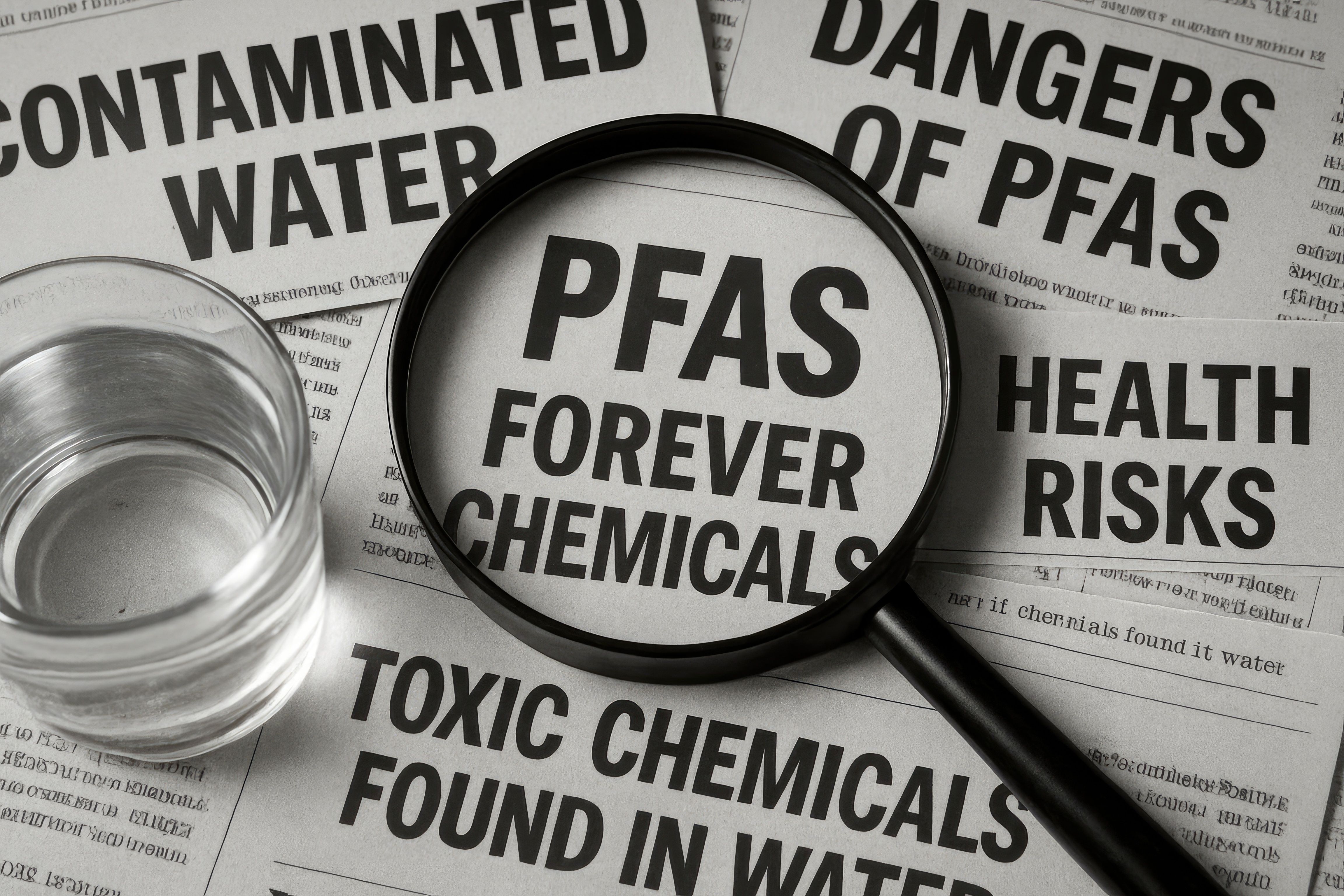Article
5 Things to Know About the 2015 Dietary Guidelines
Author(s):
The guidelines show the influence of lobbyists, raising questions about how they will be created in future cycles. They will next be updated in 2020.
So, after all the hearings, the lobbying, and the waiting, the 2015 Dietary Guidelines for Americans were unveiled yesterday. The good news is the document does shift away from a nutrient-by-nutrient approach to one that examines how people eat on an everyday basis. But it’s not as groundbreaking as the recommendations that preceded it in February, and that has many disappointed. Despite their best attempts, officials from HSS and USDA have largely failed to convince nutrition experts who followed the process that they were not pressured by the meat industry and its friends in Congress. The result is a document that contradicts itself at points, leaving one to wonder what the future will bring for future guideline proceedings. Here are 5 important things to know about the new guidelines, which won’t be updated again until 2020:
1.     Americans should limit added sugar to 10% of daily calories. This recommendation is new and widely praised; what is unknown is when the FDA will follow through with an update of the Nutrition Facts label, which was first proposed in 2014. As reported in Evidence-Based Diabetes Management in September, the sugar industry opposed this change, but the broader food industry has seen it coming for some time, and has slowly been taking added sugar out of many classic foods such as chocolate milk and children’s cereals. What’s harder to avoid are the added sugars Americans don’t realize are added to foods like breads and pasta sauces.
Â
2.      The guidelines retain daily limits for salt, which most Americans currently exceed. The report calls for an upper limit of 2300 mg for most Americans age 14 and older, and CDC timed the release of data that show 89% of the population consumes far more sodium; administration officials said in a briefing that the typical amount is 3400 mg. As with added sugar, the challenge isn’t just avoiding the obvious sources like pizza, deli meats, and potato chips, but the less obvious sources like dinner rolls or cheese.
Â
3.     The guidelines punted when it comes to meat. The item drew howls yesterday, despite the best efforts of administration officials to insist that the final language was “consistent” with the February recommendations of the Dietary Guidelines Advisory Committee (DGAC). It’s hard to overcome criticism like that of Yale’s David Katz, MD, who called the final report “a national embarrassment.” There’s no question that the 2015 DGAC called for limiting consumption red and processed meat (like bacon), and the World Health Organization gave plenty of cover with its report that processed meats are linked to cancer. The final report says that red and processed meats and poultry (in other words, hot dogs and chicken fingers) can be part of a healthy diet as long as the diet doesn’t exceed overall limits for saturated fats and calories. Of course, that’s easier said than done. Richard Wender, MD, chief cancer control officer at the American Cancer Society, said, “The science on the link between cancer and diet is extensive. By omitting specific diet recommendations, such as eating less red and processed meat, these guidelines miss a significant opportunity to reduce suffering and death from cancer.”
Â
4.     The guidelines remove limits on dietary cholesterol. This recommendation actually started with DGAC and is based on recent studies, but the report notes that following a healthy diet, and especially staying within limits on saturated fats, will have the effect of limiting cholesterol. The effect of removing the daily limit leaves room to include foods like eggs, which have naturally occurring levels of cholesterol.
Â
5.     The final guidelines show the influence of lobbyists. Language on meat isn’t the only area where industry’s hand is evident. In October, HHS Secretary Sylvia Mathews Burwell and USDA Secretary Tom Vilsack wrote they would not accept DGAC’s recommendation to take sustainability into account when setting nutrition policy, because it was beyond the panel’s mandate. As Katz notes, however, the guidelines mention the importance of physical activity–which has been the mantra of a group scientists who have accepted funding from Coca-Cola to spread the message that it’s lack of exercise, not overeating, that is the cause of the obesity epidemic. (Never mind that the government produces a separate report, Physical Activity Guidelines for American Adults.) When it passed its budget bill in December, Congress set aside $1 million for the National Academy of Medicine to look over the process to make sure it is scientifically sound.Â
Newsletter
Stay ahead of policy, cost, and value—subscribe to AJMC for expert insights at the intersection of clinical care and health economics.





